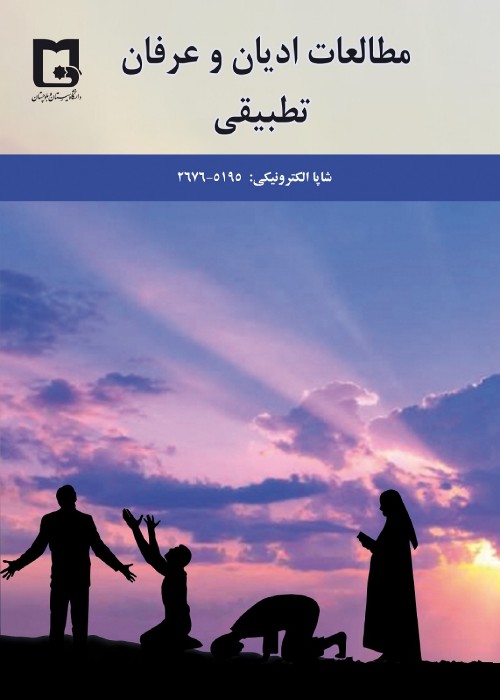A comparative analysis of the types and levels of light from the perspective of Ghazali and Mulla Sadra
light is one of the basic concepts which has a very special place in philosophical and theological thought and definition of light and its types and ranks is also the most important issues in this field. Ghazali and Mulla sadra in his works especially in the independent treatises which each of them have compiled under the title of light, have considered this problem.
From Ghazali and Sadra's point of view, light is one of the God names; its truth is God's essence and its use is virtual and metaphorical except for the essence of God. Both thinkers have expressed the types and ranks of light in a similar way and represented the criteria for their divisions; however, there are differences in their opinions. Ghazali has divided light into perceptual and intellectual light in one case or into exoteric and esoteric light in another case. He has divided intellectual light into angels’ essences, animal spirits, human spirits, and the higher world and knows the degrees of angels infinitely. Mulla Sadra has expressed that the light of lights, as the only perfect example of light, surround other ranks of light. He has divided light into intellectual ranks. Ghazali did not consider the order in the system of light to be due to the causal system, while Mulla Sadra placed more emphasis on the analogicity degrees of light in the division and explained them in the causal system. From some of phrases of Mishkat Al-Anwar, it can be understood that Ghazali considers darkness as a broader concept than light and light as a broader concept than existence; but reflection on his other research works shows that he, like Mulla Sadra, considers light to be the same as existence. Although, Mulla Sadra has affirmed the exactness of existence and light in several cases. Both thinkers have observed a relationship between types and ranks of light and ranks of existence. Ghazali analyzes this relationship emphasizing the division of existence into real versus virtual and metaphorical existence; and Mulla Sadra analyzes this relationship by dividing existence into existence per se and existence for others, as well as the principle of equality of existence and light.One of the innovations of this article is that by comparatively examining these two theories, it has been able to achieve the turning points and advantages of each of these interpretations in a comparative analysis.
- حق عضویت دریافتی صرف حمایت از نشریات عضو و نگهداری، تکمیل و توسعه مگیران میشود.
- پرداخت حق اشتراک و دانلود مقالات اجازه بازنشر آن در سایر رسانههای چاپی و دیجیتال را به کاربر نمیدهد.


